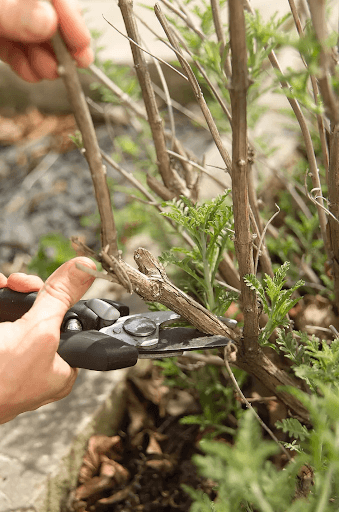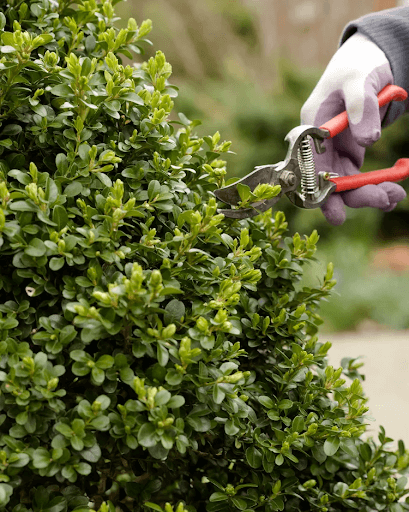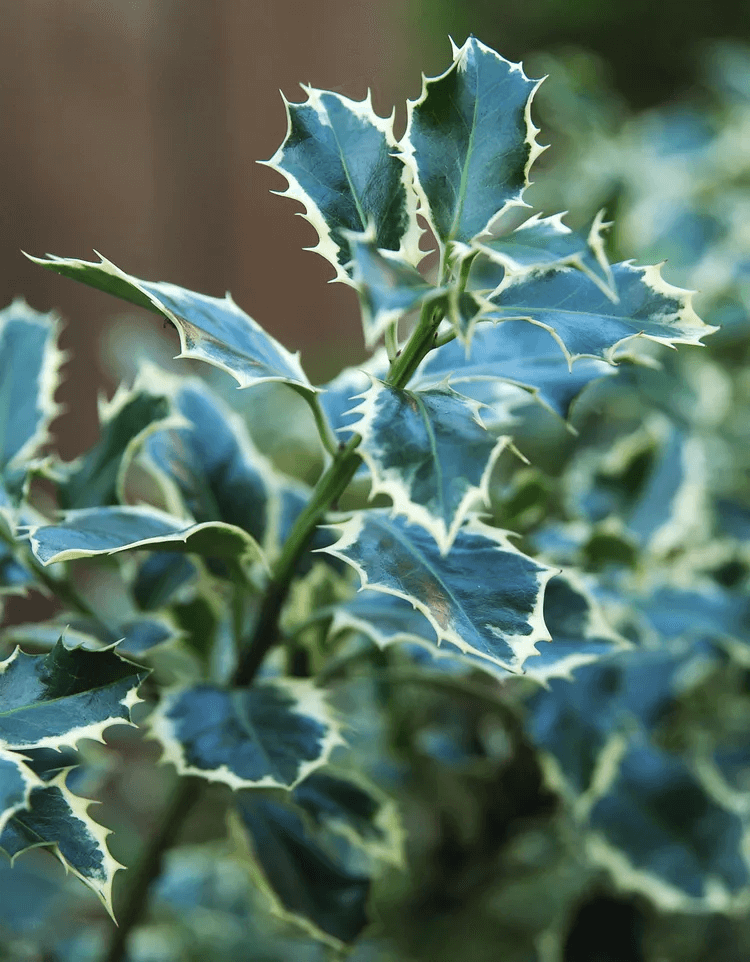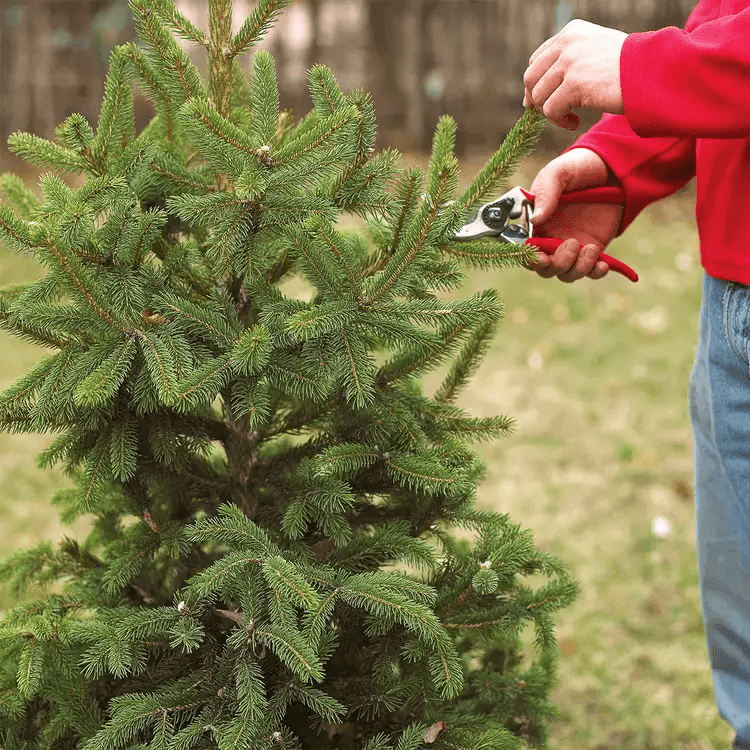Importance of Proper Pruning
Properly clipped shrubs not only improve the aesthetic attractiveness of your landscape but also help the plant’s overall health and longevity. Pruning helps to remove dead or broken branches, promote new growth, improve air circulation, and retain the shrub's natural shape. Furthermore, trimming shrubs at the appropriate time and with the proper techniques can help to avoid infections and promote the growth of larger, more brilliant blossoms.







